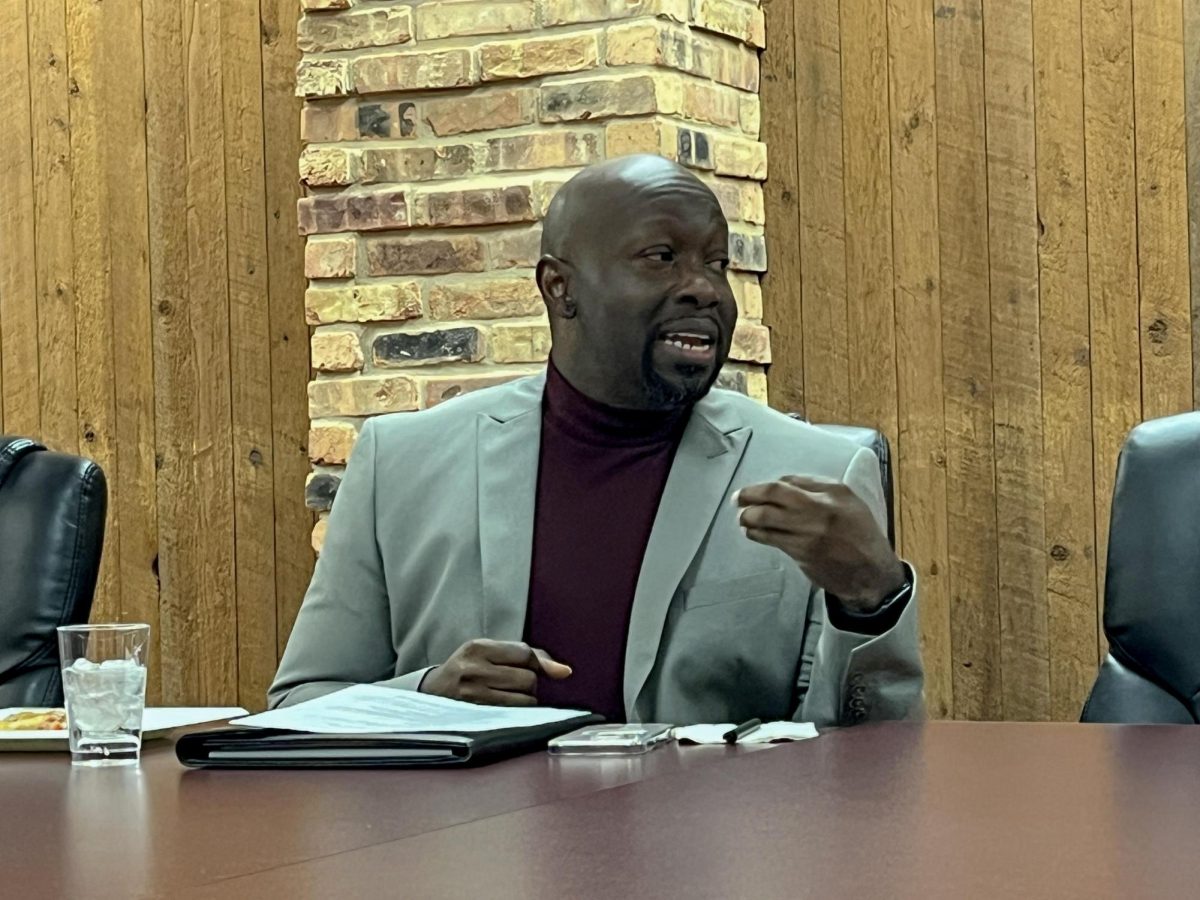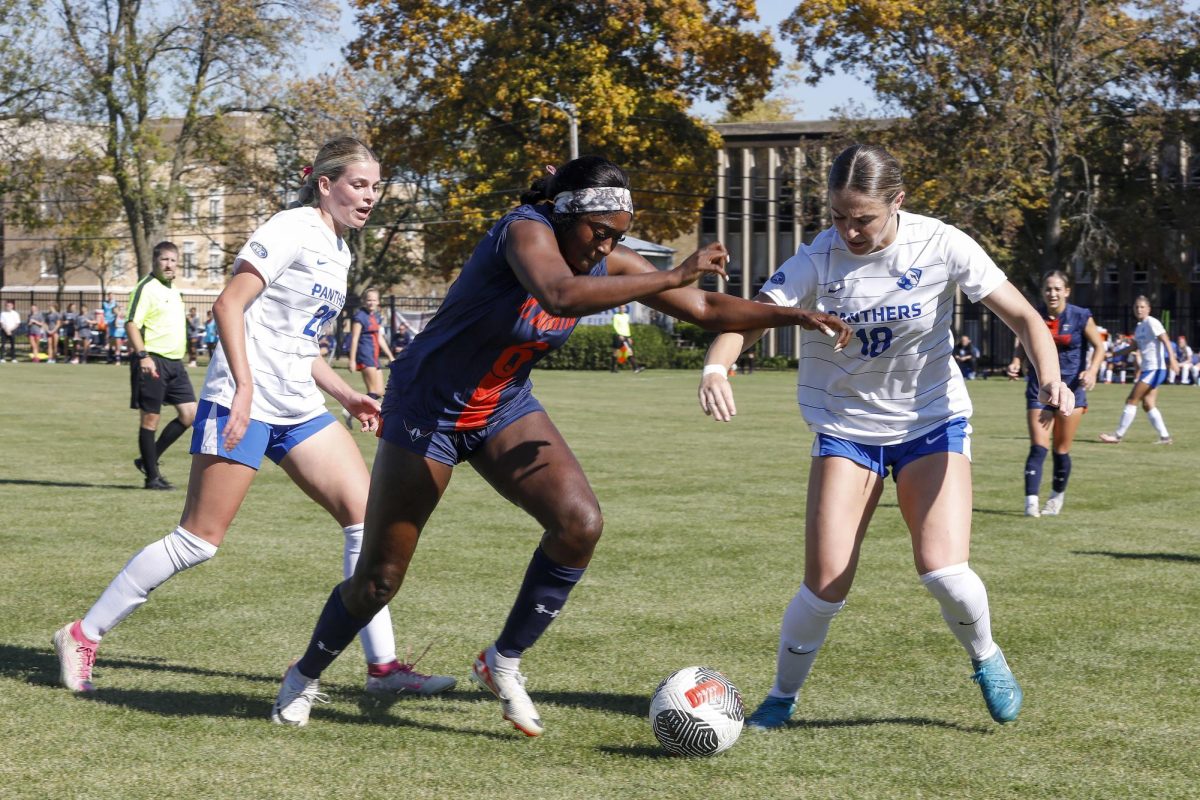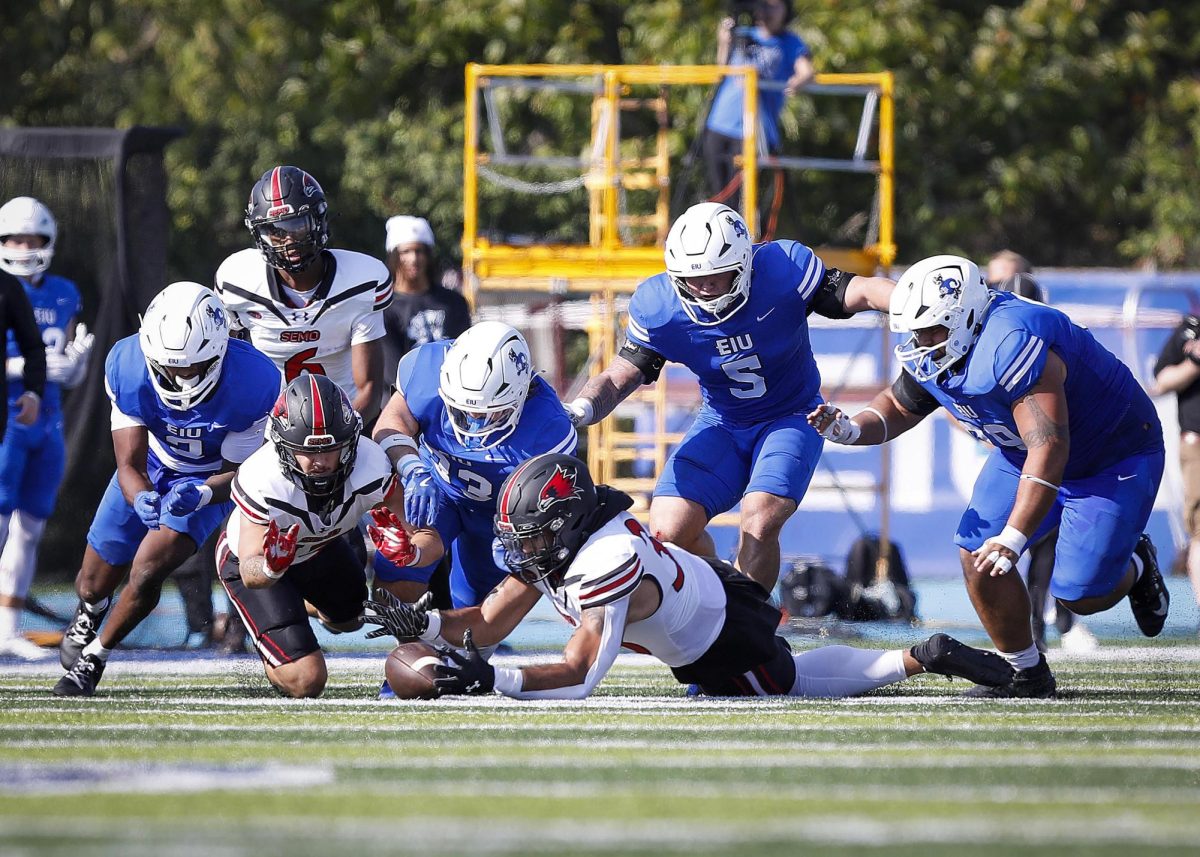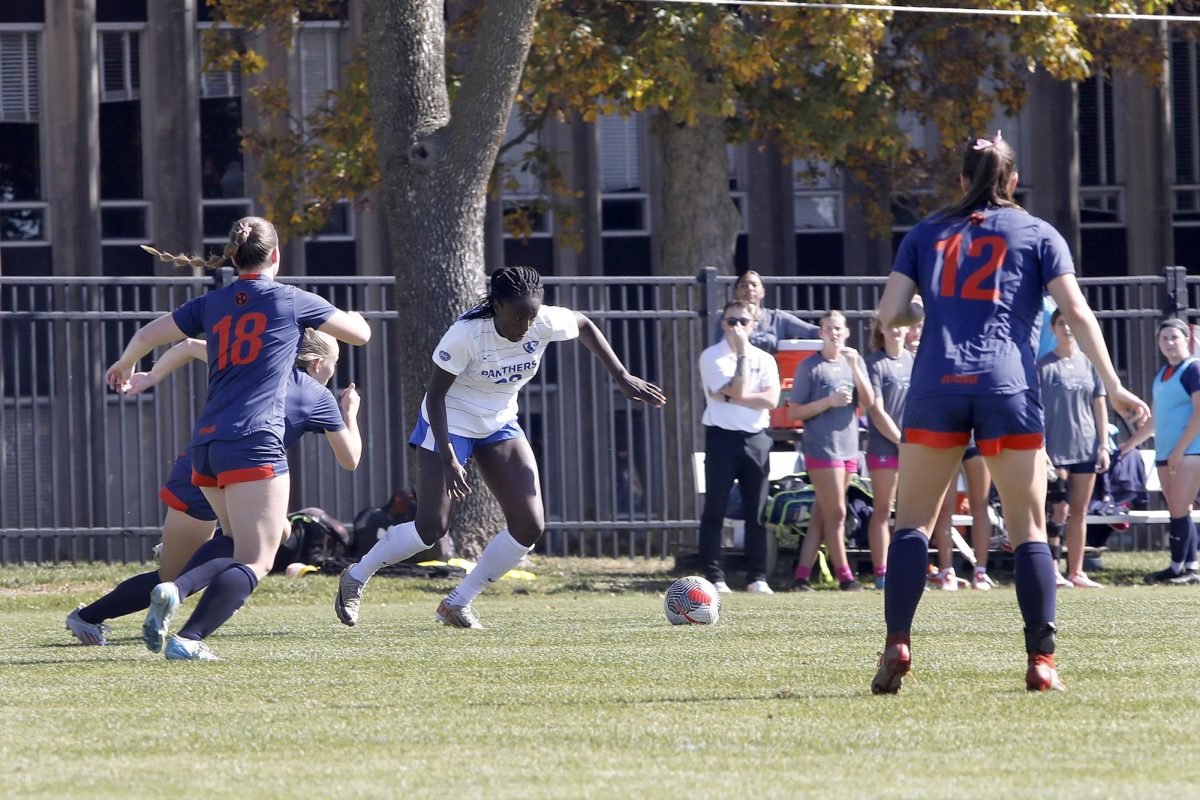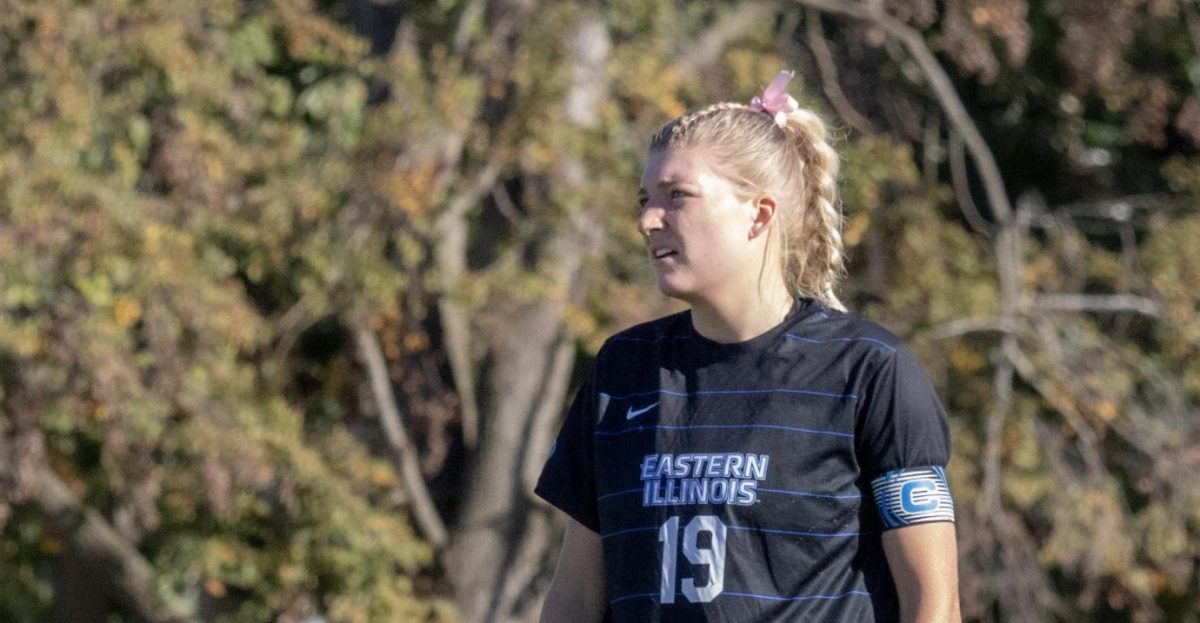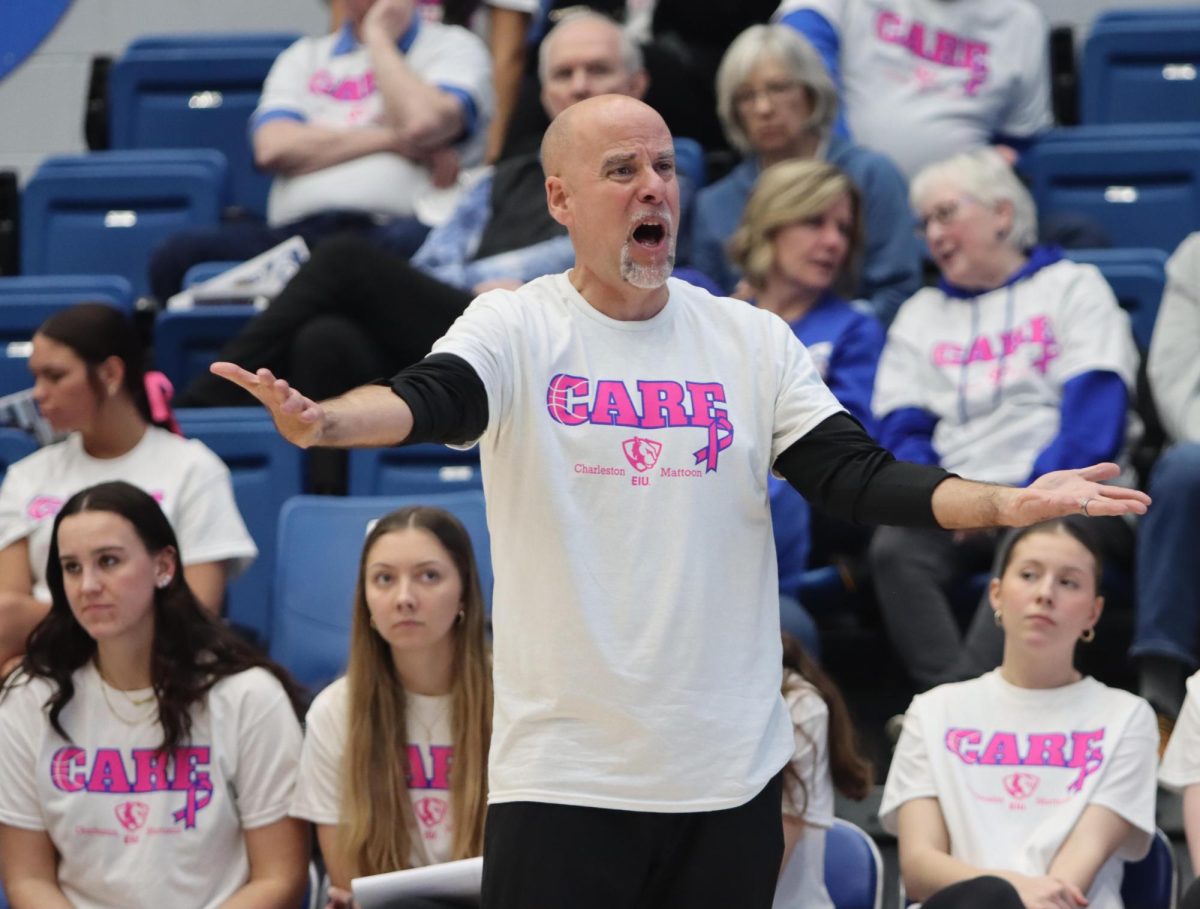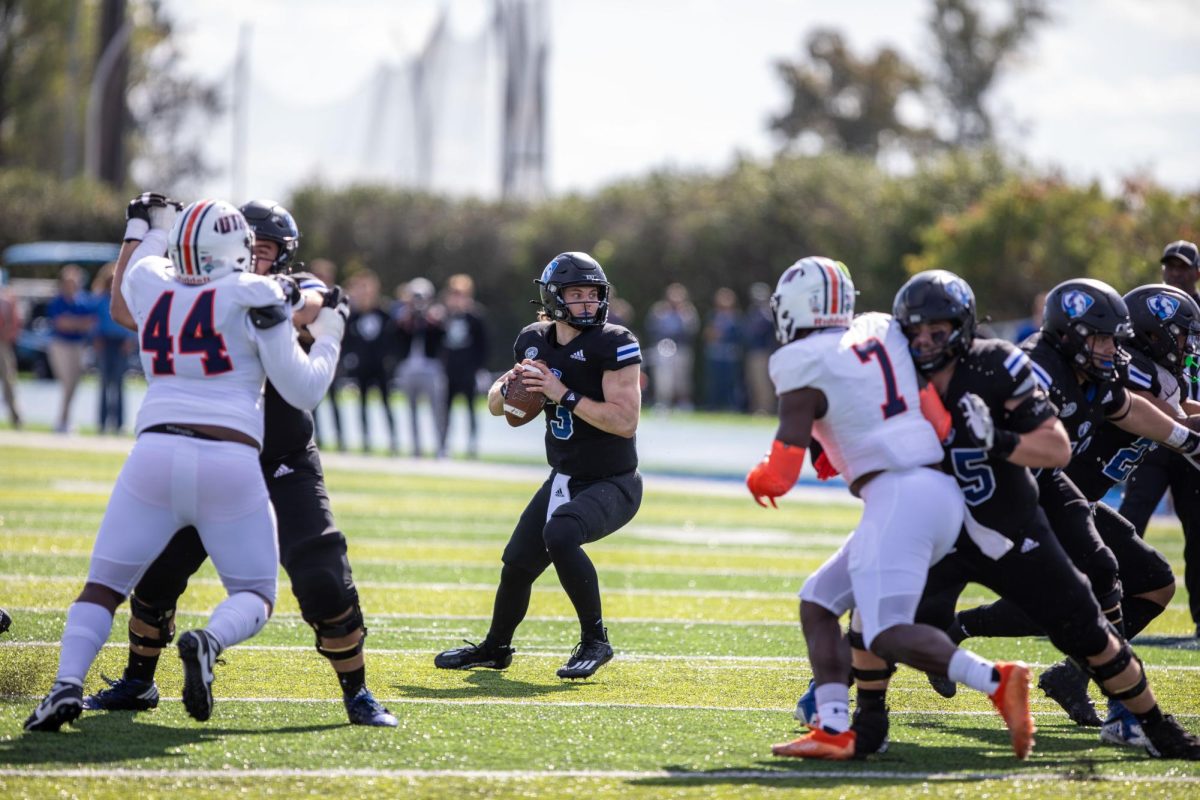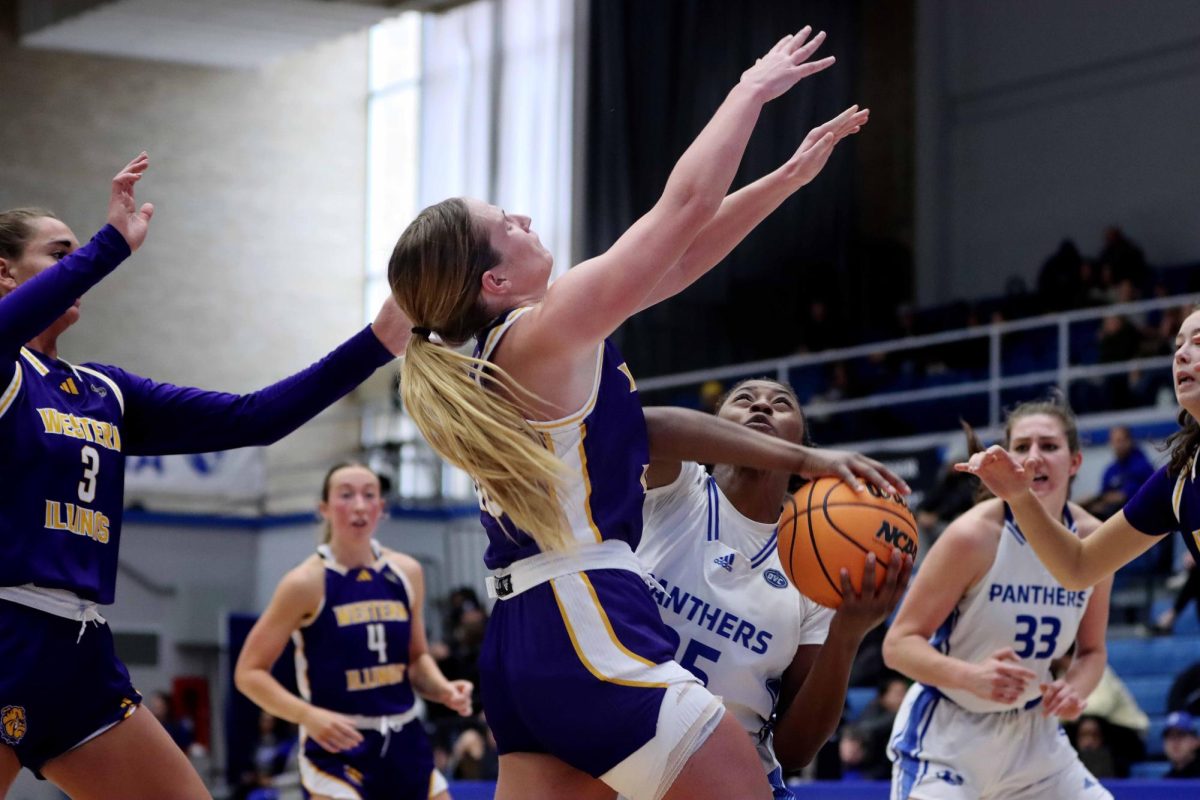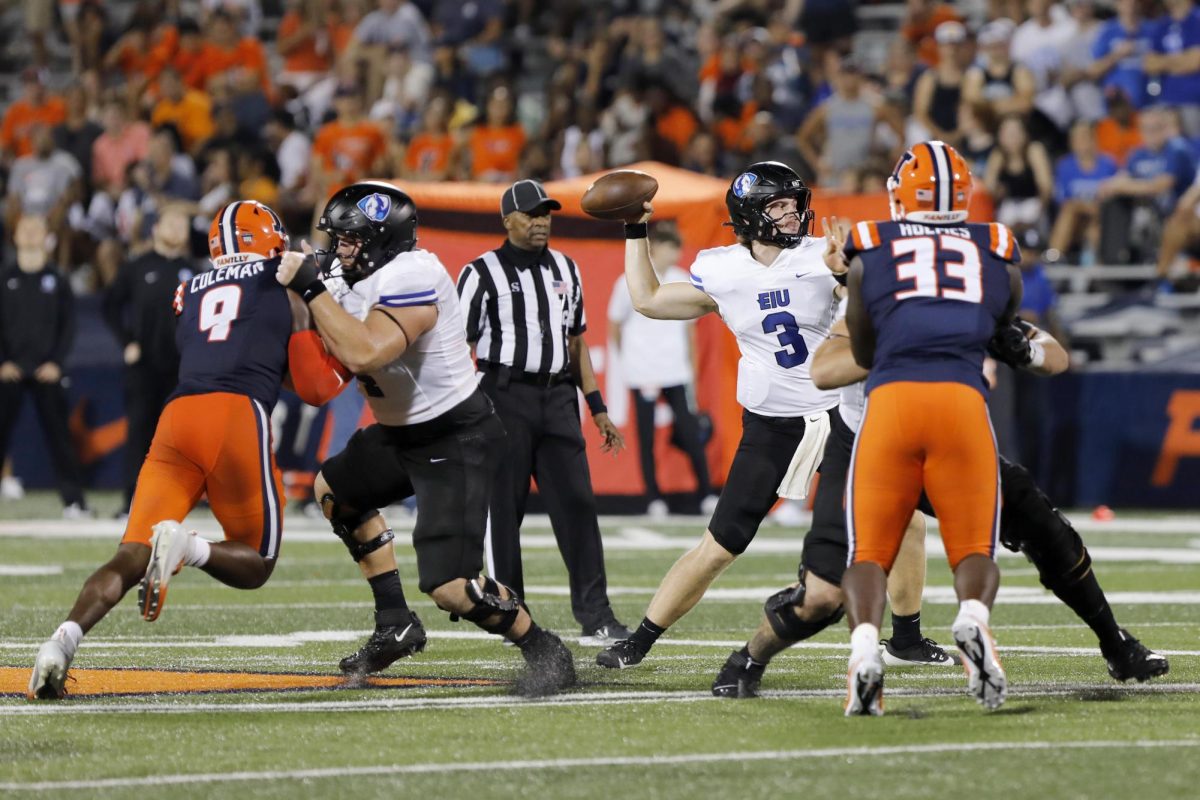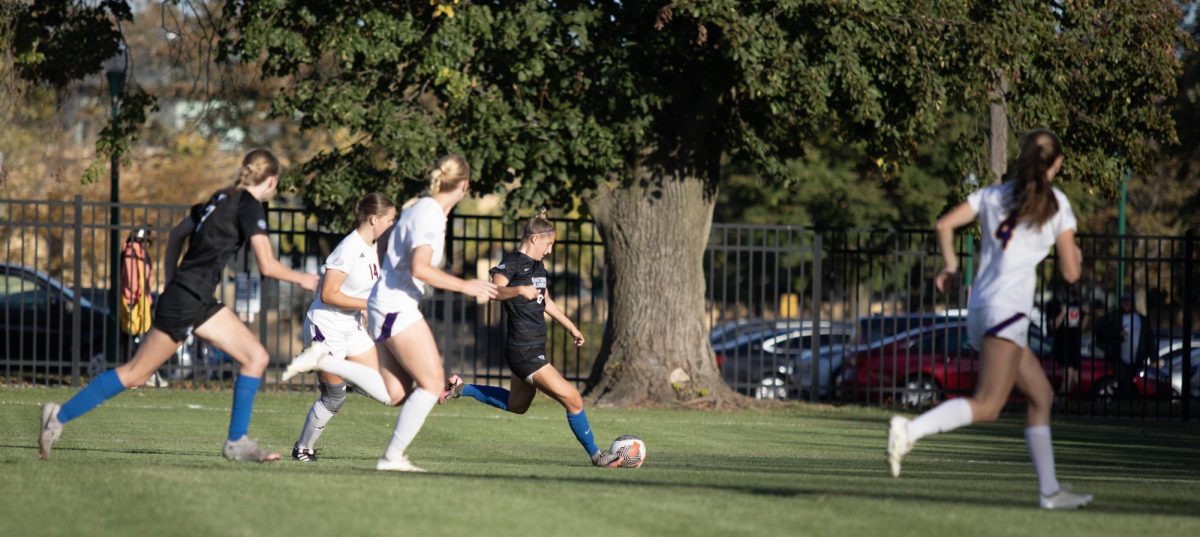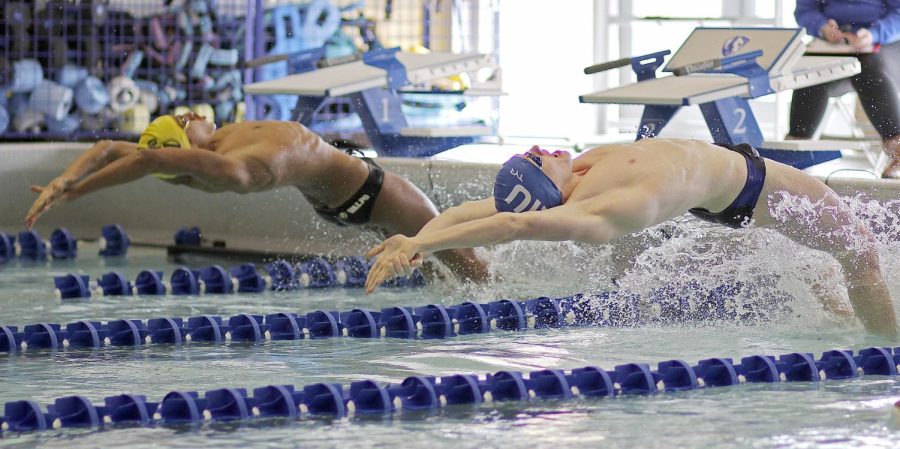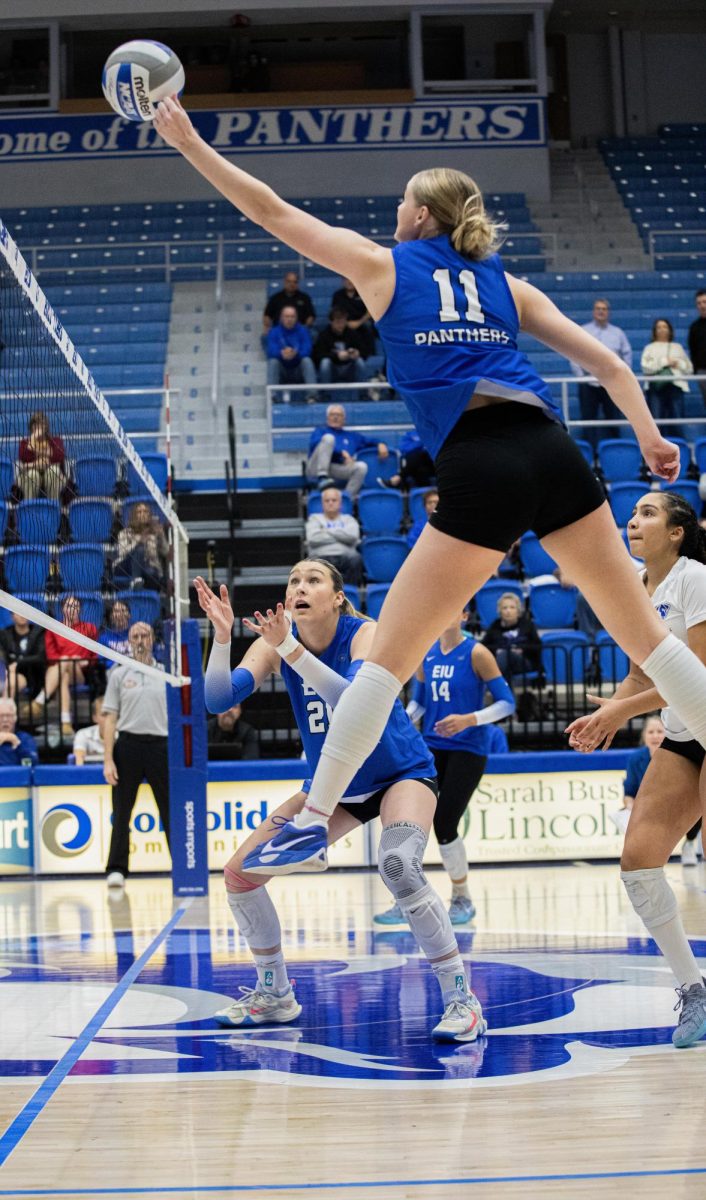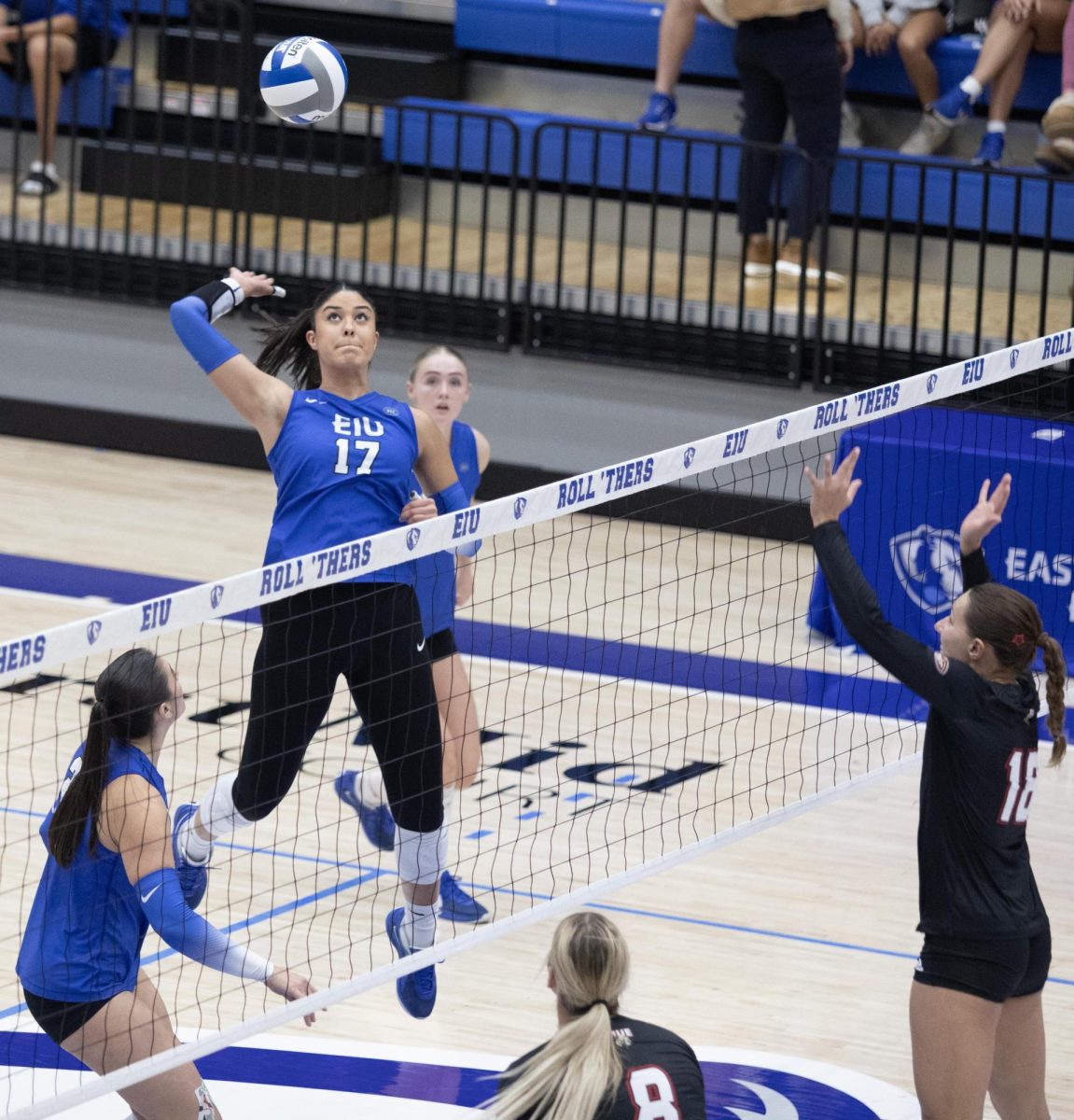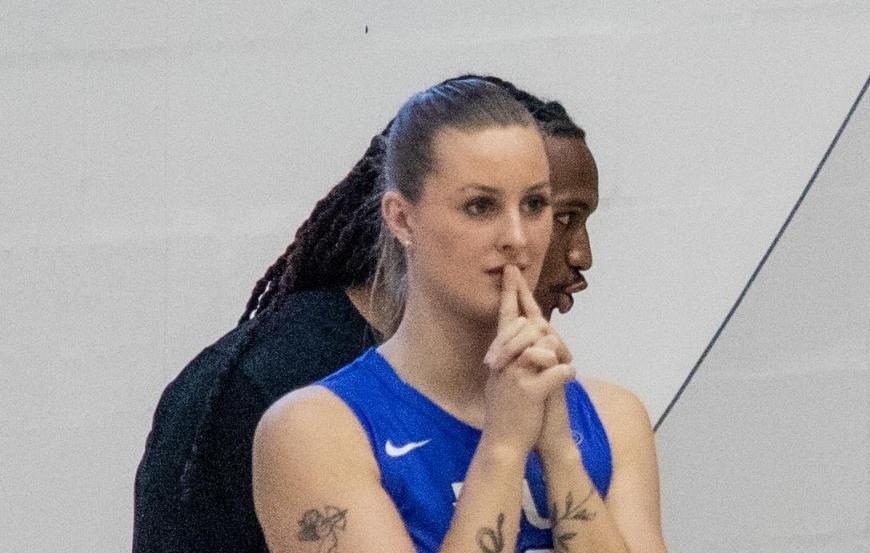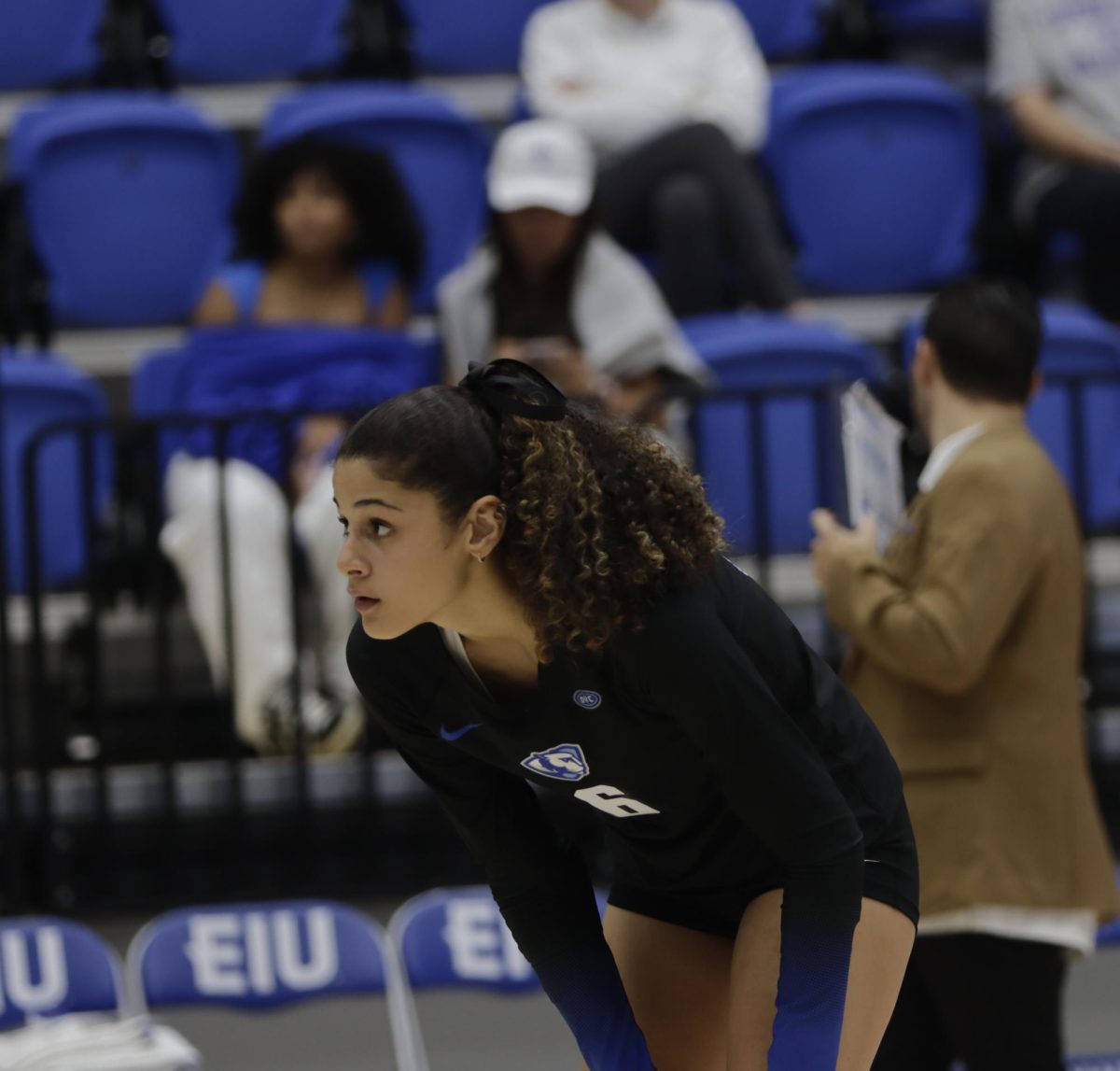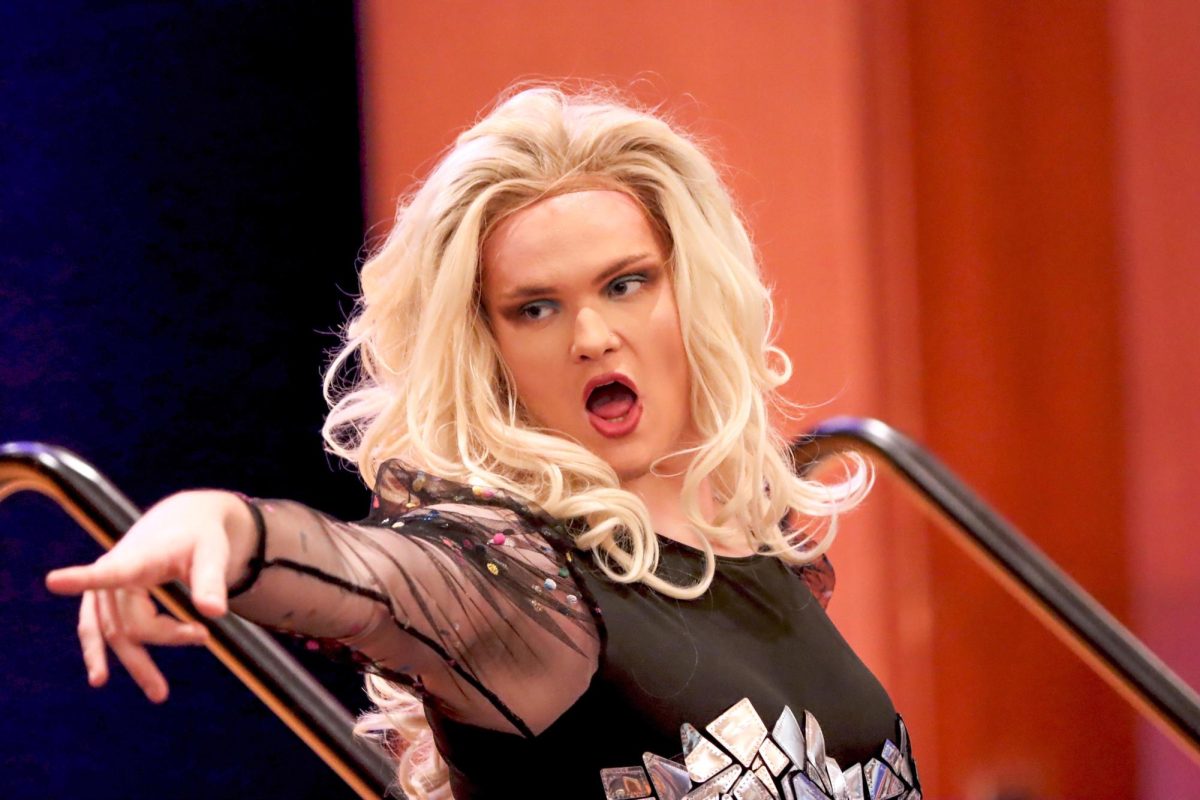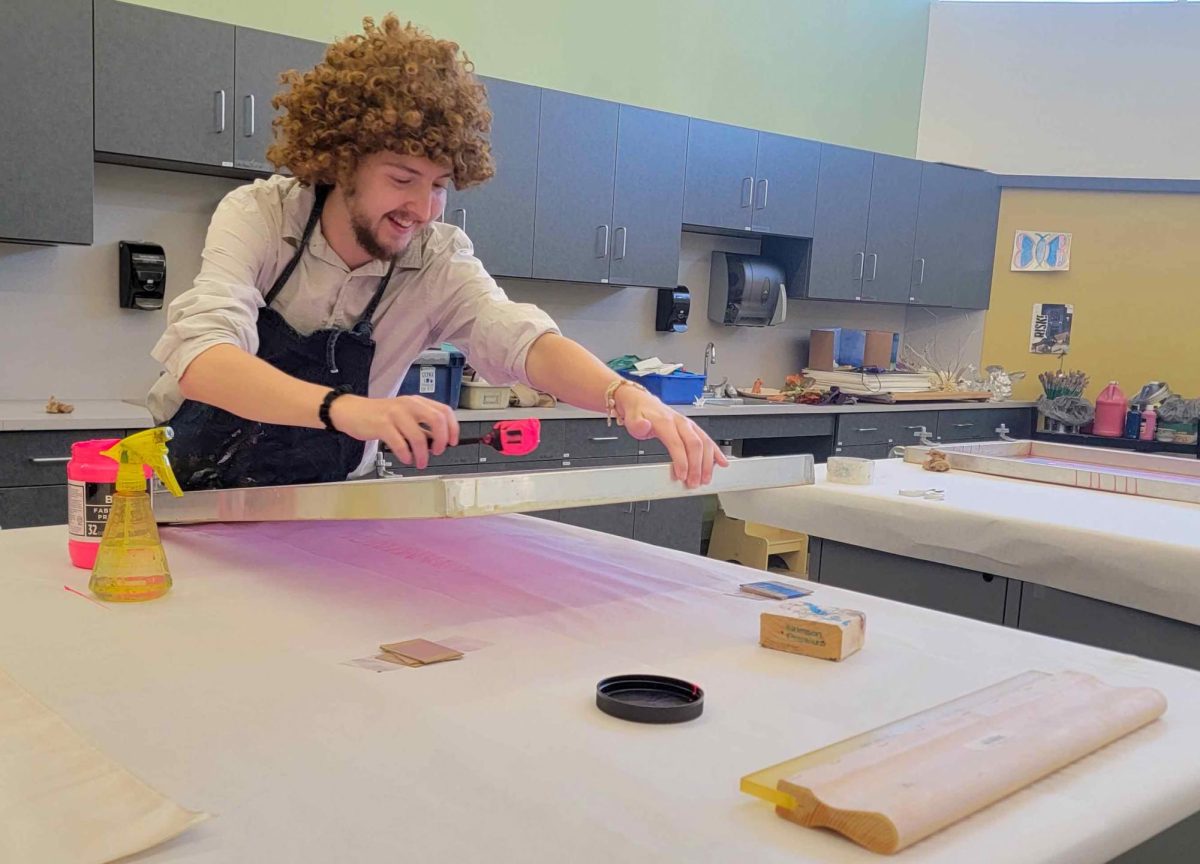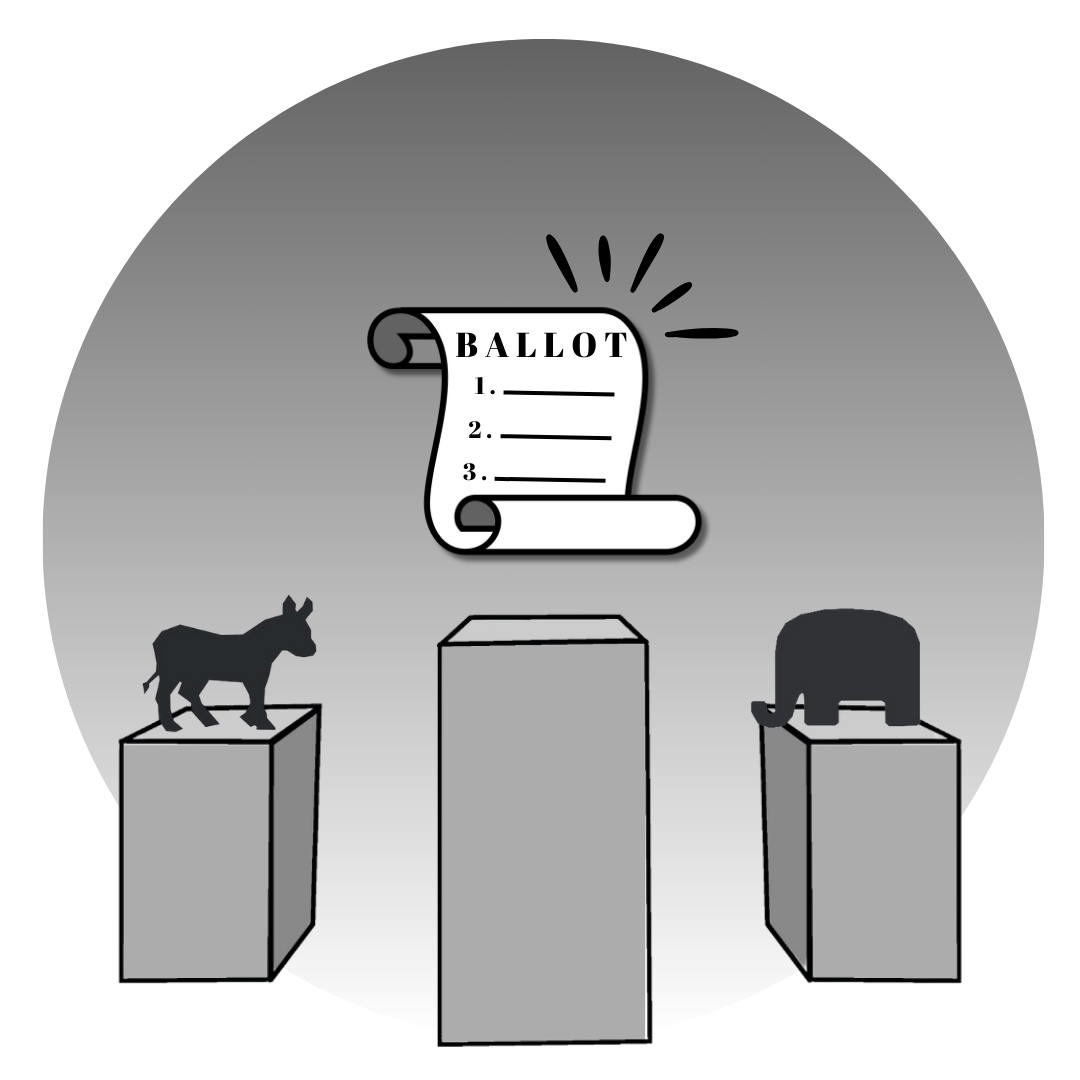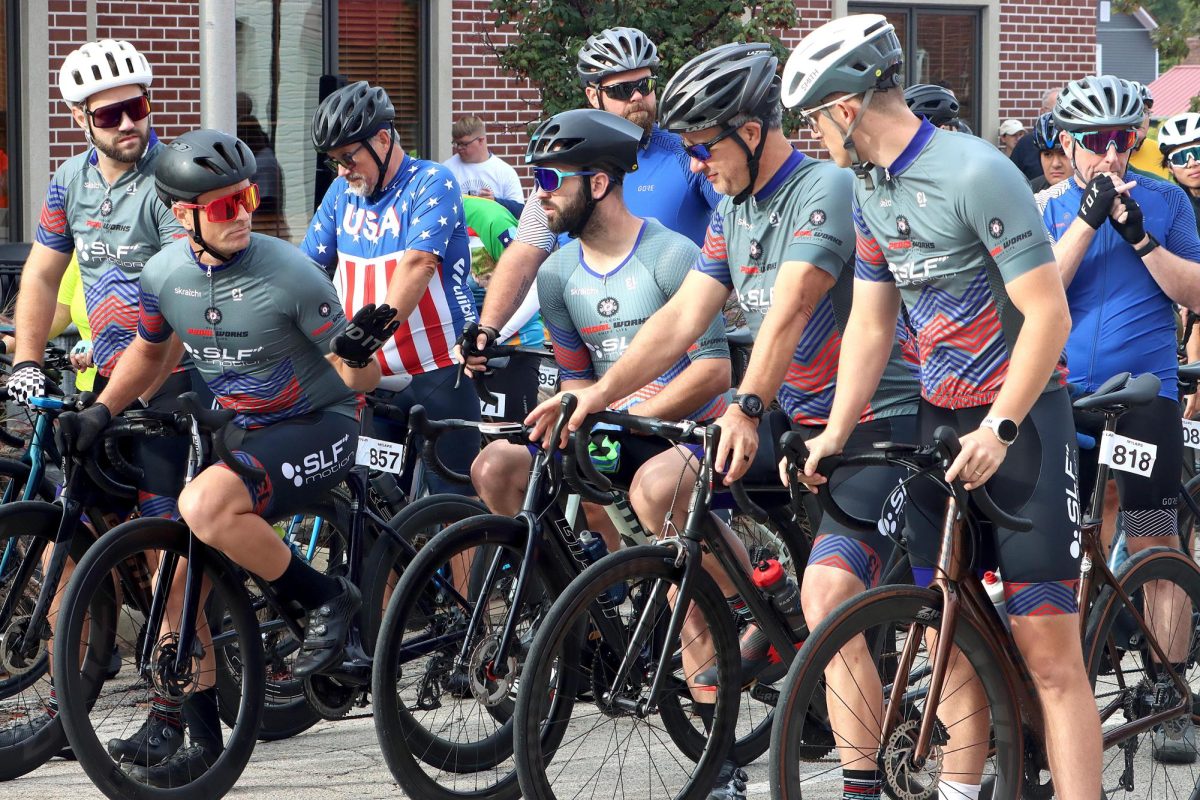COLUMN: Men need more space in the body positivity movement
October 31, 2021
For years, the body positivity movement has put women at the forefront, focusing on providing representation in the mainstream media of women of all sizes.
Though the body positivity movement still has a long way to go to properly represent all women, it has an even longer way to go for men.
Men who are not built like Greek Gods are rarely treated with respect—not in movies, not in the fashion industry, not in real life. They are often treated as the butt of the joke, not as a human being with feelings.
The proof is evident in the way that Jonah Hill was treated for years, with his body being treated like a punchline by the media and by the public for years.
I will say that the body positivity movement has been doing better in recent years, and it has helped men feel more represented and more confident.
For example, when Savage x Fenty released its first campaign featuring plus-size model Steven Green, it was a huge moment in the body positivity movement because that kind of representation is so rarely seen in fashion.
Green even said to Highsnobiety that after the campaign came out, he “had so many men across the world reach out to me and express how that moment has changed their lives and allowed them to feel a confidence about themselves that they have never felt before. They finally felt seen in the media especially in fashion.”
Unfortunately, there hasn’t been much space in mainstream media to represent men of all shapes and sizes, not in the same scale as women have been. While models like Ashley Graham and Barbie Ferreira have become household names, we don’t see many male models making the same strides female models have.
More representation of men of all body types could help them not feel so pressured to fit certain body standards, such as the “superhero body.”
According to a 2012 study from the American Academy of Pediatrics, 90 percent of boys in middle and high school exercise at least occasionally in order to “bulk up.”
Exercising can be a good thing, but it can be just as harmful when done to deal with body image issues.
According to the Newport Institute, male body disorders can lead not only to eating disorders, but also to exercise addiction, which can be incredibly dangerous. For example, someone addicted to exercise could continue working out despite suffering injuries or illness and could experience withdrawal symptoms when unable to work out.
Also, according to the National Association for Males with Eating Disorders, men account for between 25 and 40 percent of those with eating disorders.
I think we have a tendency to forget that men can feel insecure and that they deserve to feel confident. They deserve to open up a magazine and see men who look like them.
My hope is that some day in the not-so-distant future, there will be so much representation that it won’t be a big deal when we see models, actors and singers of all shapes and sizes in our magazines and on our TV screens. It will be the standard.
Kyara Morales-Rodriguez can be reached at 581-2812 or knmoralesrodriguez@eiu.edu




